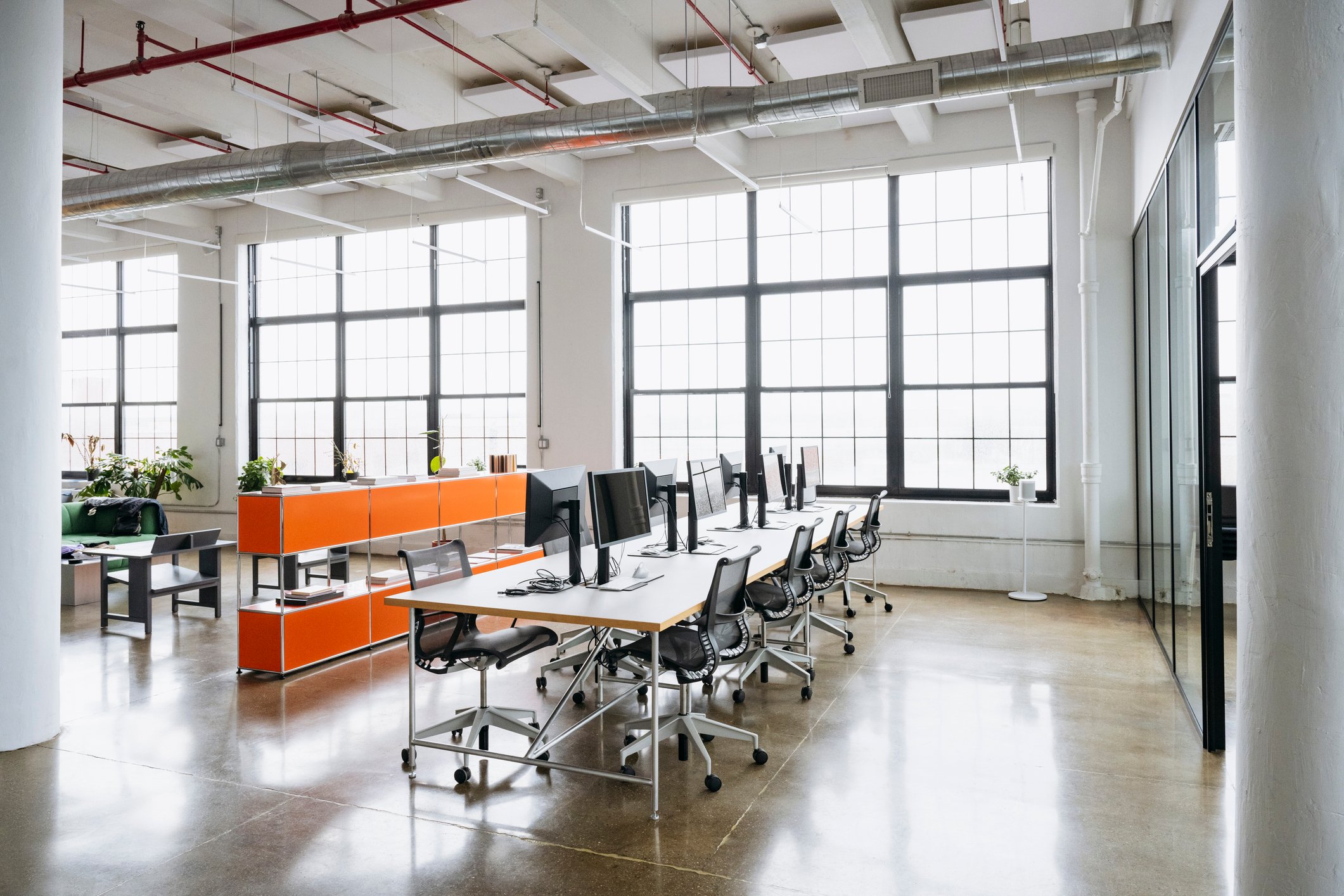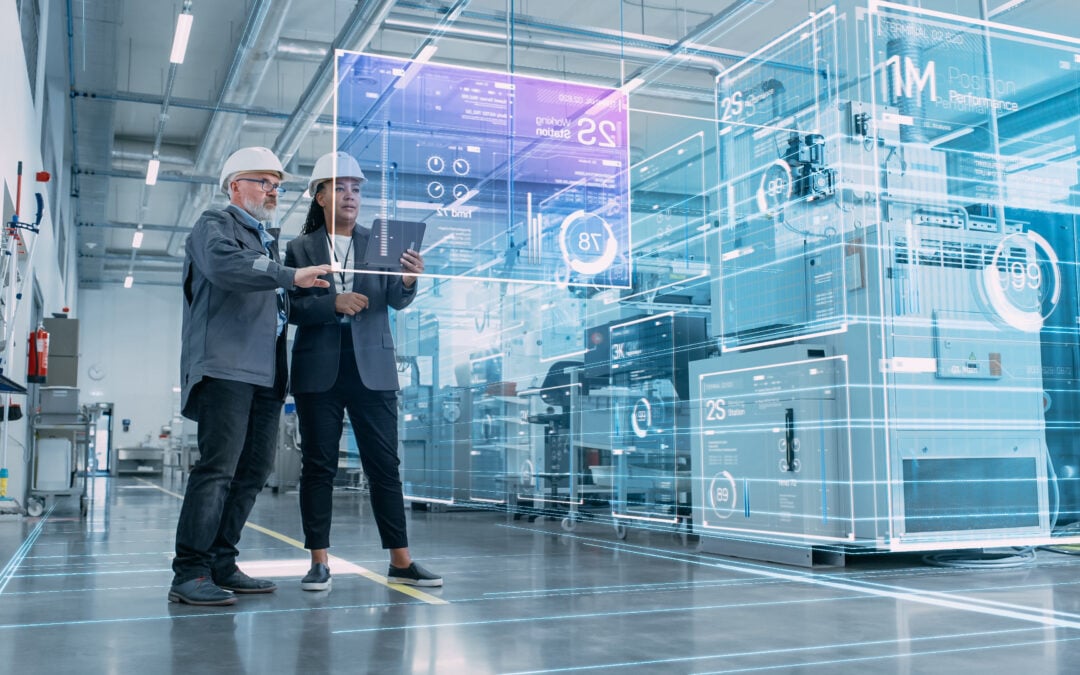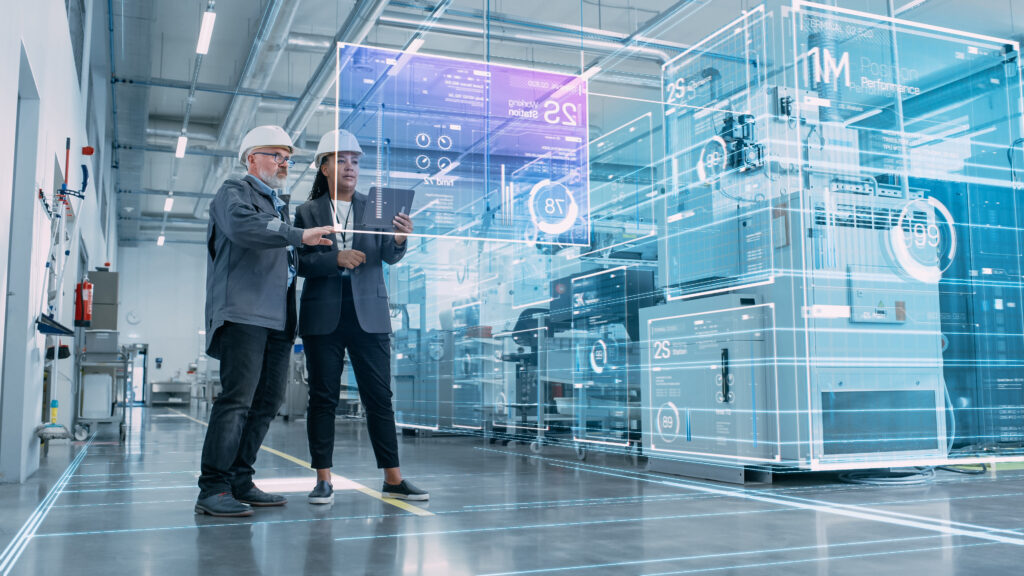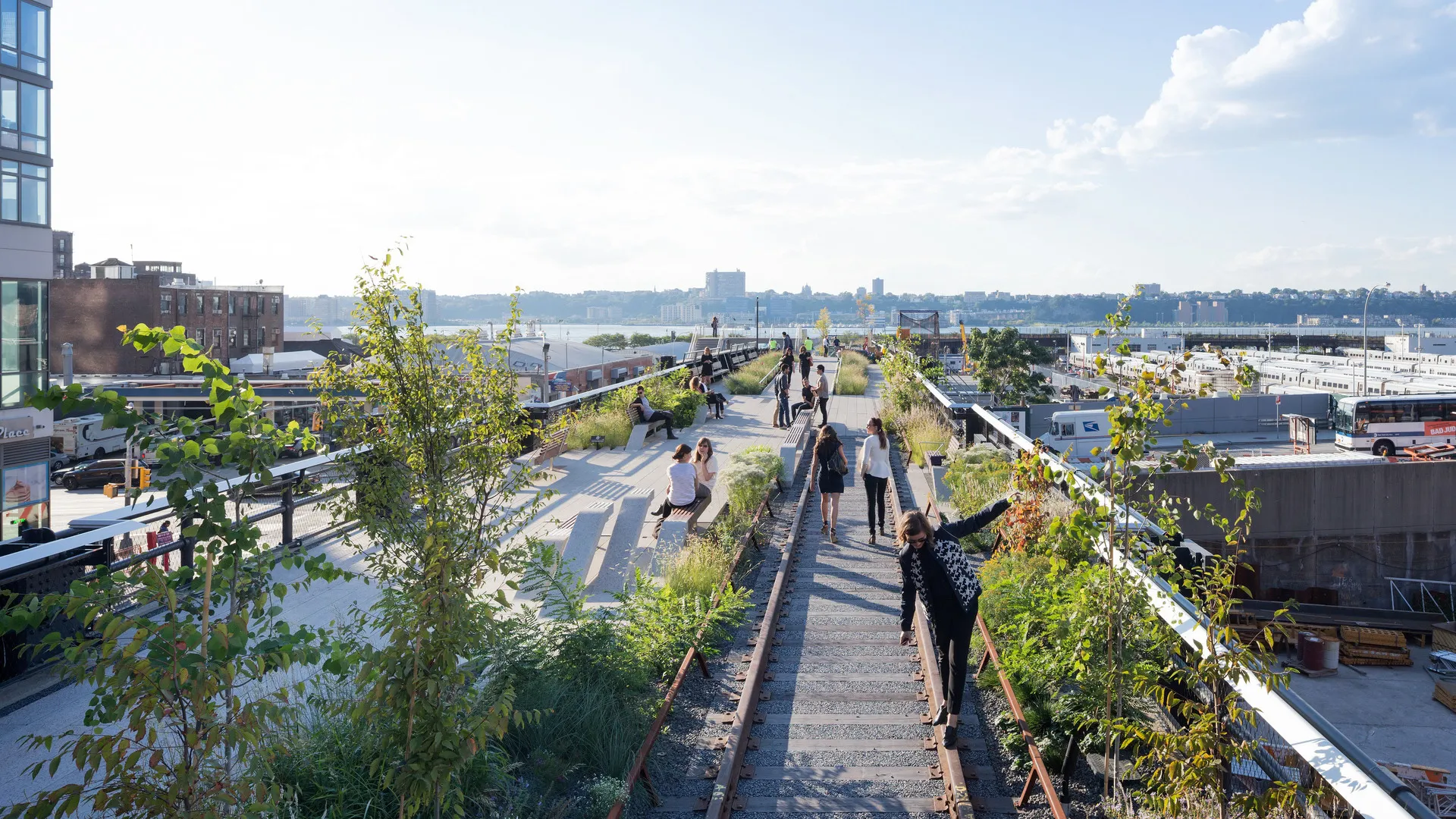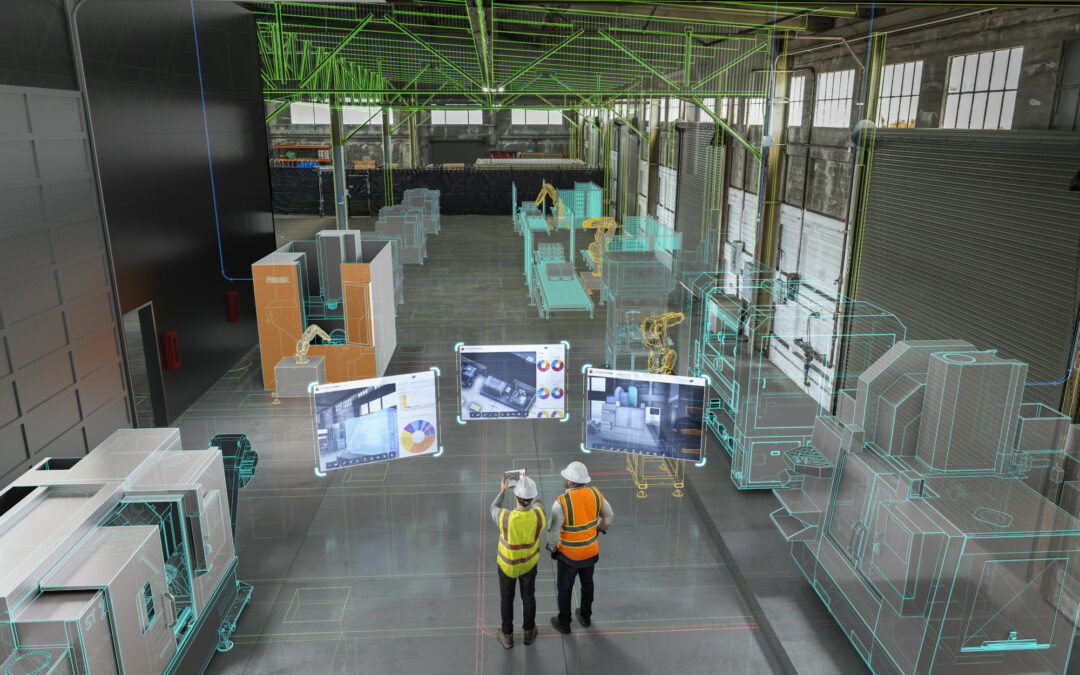
Leveraging Asset Management Software in 2025
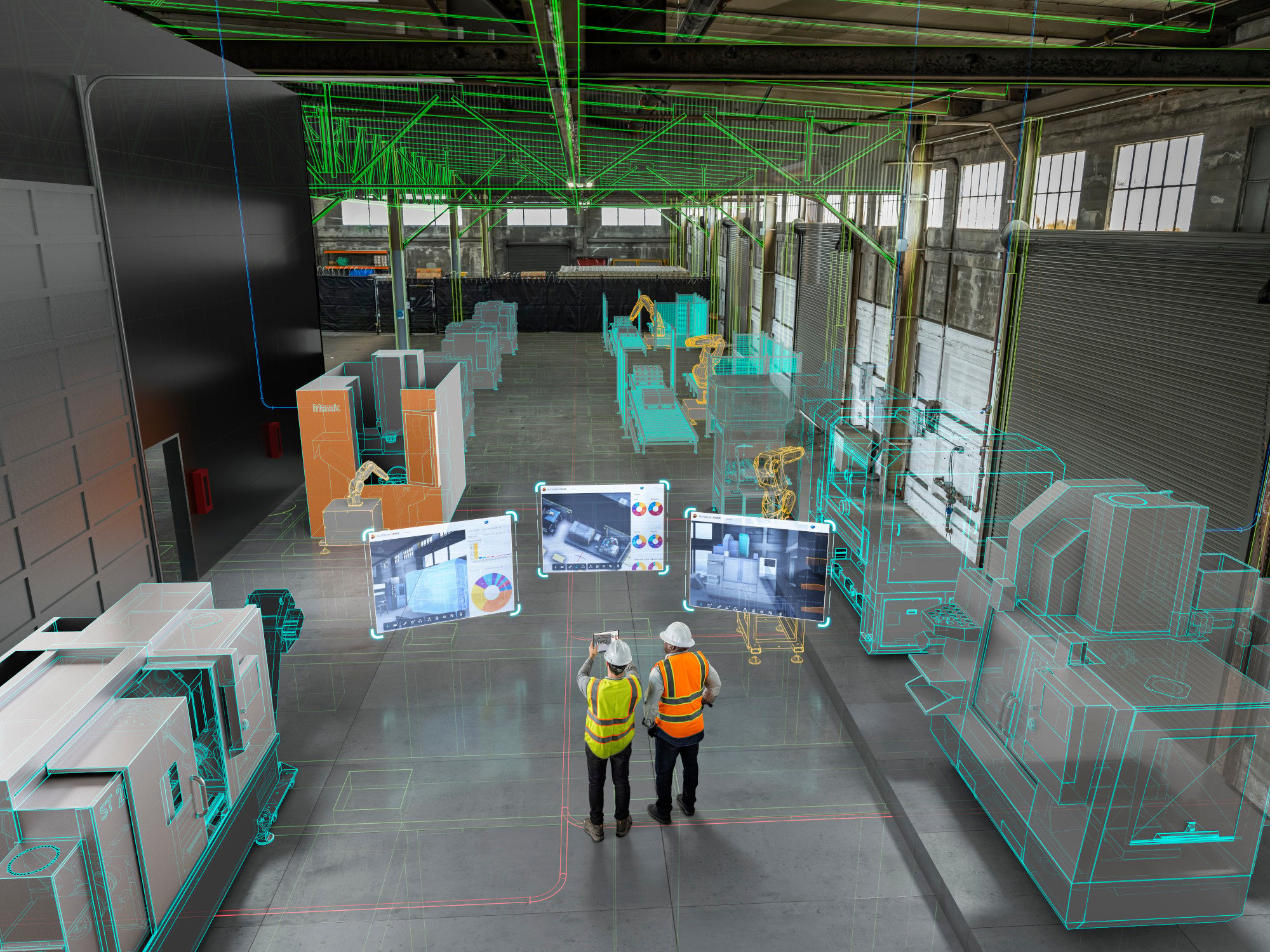
Revolutionizing Asset Management for 2025 and Beyond
As organizations continue to evolve in an increasingly digital landscape, the role of asset management has never been more crucial. By 2025, advanced asset management systems are set to redefine operational efficiency, enabling businesses to connect disparate systems, streamline decision-making, and optimize resources. These systems provide comprehensive asset lifecycle management while enhancing connectivity across various applications.
Enhancing Connectivity Between Space and Operations
A major advantage of modern asset management software is its ability to seamlessly integrate space and operational applications. This connectivity ensures that asset location, utilization, and maintenance data are consistently linked with operational workflows. For instance, facility managers can conduct on-site asset surveys while instantly updating space utilization metrics. This integrated approach minimizes downtime, optimizes resource use, and ensures that every asset contributes to operational efficiency.
Practical Benefits of Advanced Asset Management
The benefits of adopting a robust asset management platform extend beyond traditional asset tracking. Key advantages include optimized asset utilization, reduced inventory levels, and proactive maintenance scheduling. These systems also simplify compliance with regulatory requirements by providing accurate audit trails and real-time transparency into asset status. Organizations can further reduce environmental impact by improving reuse and repurposing of existing assets.
- Enhanced financial control through detailed lifecycle cost tracking.
- Improved decision-making using real-time asset performance data.
- Reduction of operational downtime with predictive maintenance.
- Increased accountability via centralized asset tracking and reporting.
- Better support for sustainability goals through efficient resource utilization.
Driving Operational Excellence Through Visualization and Reporting
With advanced asset management tools, asset management becomes a visually intuitive process. Tools such as dashboards and GIS mapping allow managers to locate assets geographically, analyze building performance, and evaluate energy consumption patterns. These insights enable better decision-making, from strategic investments to day-to-day operations like moves and reconfigurations. By connecting asset data with financial and operational metrics, organizations can maximize return on asset investment.
Improving Business Continuity with Integrated Lifecycle Management
Effective asset management enhances business continuity by ensuring that assets are managed proactively. Features like equipment failure analysis and warranty tracking help prevent unexpected downtime, while centralized lifecycle data enables timely replacement or repurposing decisions. This proactive approach safeguards worker productivity and ensures uninterrupted operations, making advanced asset management systems indispensable tools for infrastructure and facility managers.
Archibus: A Comprehensive Asset Management Solution
Archibus stands out as a powerful Integrated Workplace Management System (IWMS), offering unmatched capabilities to manage assets effectively. From tracking and maintaining equipment to repurposing resources, Archibus centralizes asset information, providing managers with a holistic view of their operational environment. Features such as GIS mapping, equipment warranties, and real-time lifecycle data make Archibus a cornerstone for modern asset management.
The Best Way to Get Archibus
If you’re new to Archibus or want to get this software today, our team at Robotech can help. We offer comprehensive entry-level basics training, and we sell Archibus software directly to companies across the country. We are a gold partner of Archibus, and we’ll ensure your team is fully set up and comfortable with the software before we consider the job “done”.
We have a few Archibus packages that we offer, and we can provide a free trial for you to test it before you buy. Within a few minutes, you’ll see how helpful this software is in maintaining your healthcare compliance accreditation.


